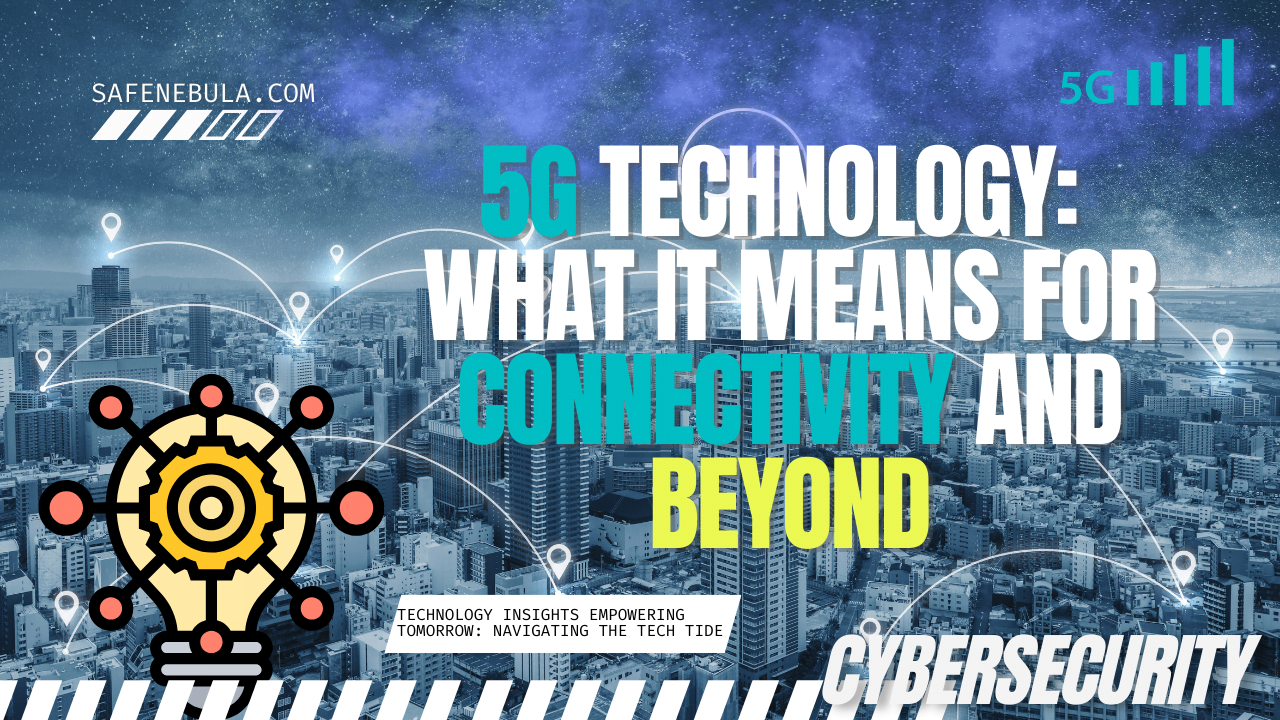The advent of 5G technology marks a significant milestone in the evolution of telecommunications, promising to redefine the boundaries of digital connectivity. As the fifth generation of cellular network technology, 5G stands out from its predecessors with unprecedented improvements in speed, latency, and network capacity. This exploration delves into the fundamentals of 5G, contrasts it with previous generations, and discusses its anticipated impact on internet connectivity, the Internet of Things (IoT), and broader societal and economic landscapes.
The Fundamentals of 5G Technology
5G technology is designed to meet the ever-growing demand for data and connectivity in the digital era. It operates on a higher-frequency spectrum than 4G, allowing for faster data transmission rates. The core advancements of 5G include:
- Increased Speed: 5G offers significantly higher data speeds, potentially exceeding 1 Gbps, which facilitates quicker downloads and smoother streaming experiences.
- Reduced Latency: Latency, or the delay before a transfer of data begins following an instruction for its transfer, is drastically reduced in 5G networks to as low as 1 millisecond. This improvement is critical for applications requiring real-time responses, such as remote surgery or autonomous driving.
- Enhanced Capacity: 5G networks can support a higher number of connected devices simultaneously, addressing the congestion issues experienced by previous generations.

Differences from Previous Generations
The leap from 4G to 5G is not merely an incremental upgrade; it represents a transformative shift in network technology. Unlike 4G, which primarily focused on enhancing mobile broadband services, 5G extends its benefits to support a wide array of applications, including massive machine-type communications (mMTC) and ultra-reliable low-latency communications (URLLC). This expansion enables the widespread adoption of IoT devices and the development of new use cases that were previously unfeasible.
Impact on Internet Connectivity and IoT
The deployment of 5G technology is set to revolutionize internet connectivity by providing seamless, high-speed access across urban and rural areas. This enhanced connectivity is pivotal for the proliferation of IoT devices, facilitating the rise of smart cities, smart homes, and industrial automation. By enabling devices to communicate with each other in real-time, 5G paves the way for innovations that can increase efficiency, reduce energy consumption, and improve safety.
Societal and Economic Implications
The widespread adoption of 5G technology carries significant societal and economic implications. On one hand, it promises to spur economic growth by creating new opportunities in various sectors, from manufacturing to entertainment. On the other hand, it raises concerns about digital divide issues, as regions slow to adopt 5G could fall further behind in technological advancements. Moreover, the transition to 5G requires substantial investments in infrastructure and poses challenges related to cybersecurity and privacy.
Conclusion
5G technology is poised to redefine the landscape of digital connectivity, offering vast improvements over its predecessors. Its impact extends beyond faster internet speeds and lower latency, fostering the growth of IoT applications and driving innovation across numerous sectors. As 5G networks roll out globally, their potential to enhance productivity, spur economic development, and transform daily life is immense. However, realizing these benefits while addressing the accompanying challenges will be crucial for maximizing the positive impact of 5G technology on society and the economy.

The 5G ultra-high-speed wireless communication standard is a major technological leap forward–substantially increasing speed and capacity, enhancing current use cases, and making many new applications practical. For technical professionals, managers, and students, 5G requires significant new knowledge and expertise. In 5G Wireless: A Comprehensive Introduction, renowned information technology author William Stallings presents a comprehensive and unified explanation of 5G’s key applications, technologies, and standards.
